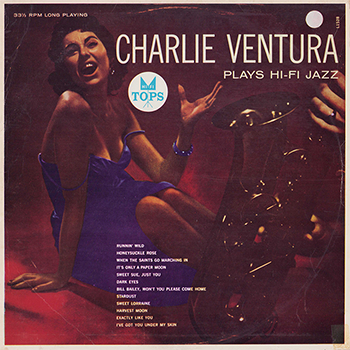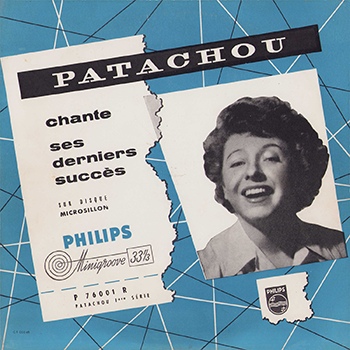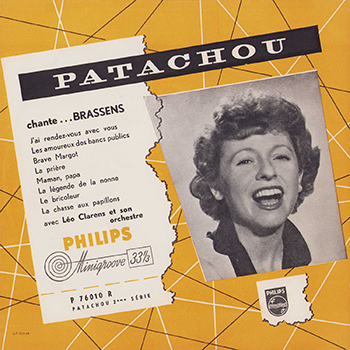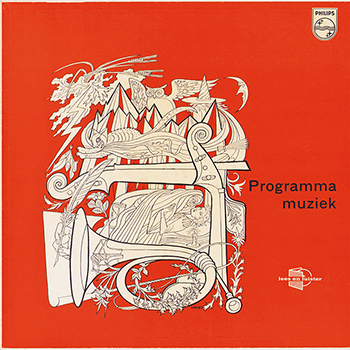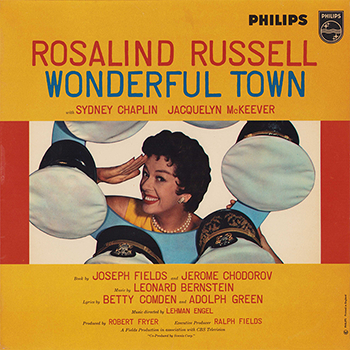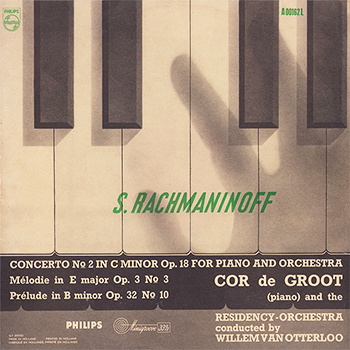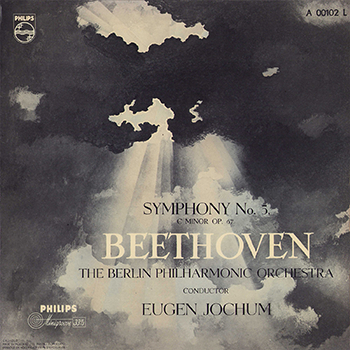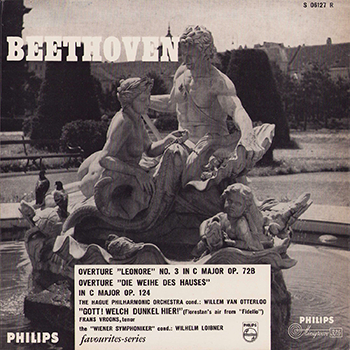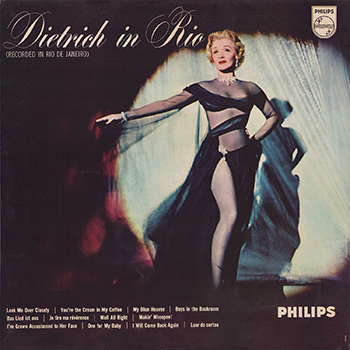Charlie Ventura Plays H-Fi Jazz
A strange appearance on this website: a 1957 Tops LP, pressed in New Zealand (maybe later than 1957) and distributed by Philips Electrical Industries of New Zealand Limited. This is most likely a 1950’s pressing when Philips still used the Minigroove logo for their own releases. Here Philips made a distribution deal with Tops Records – a company from Hollywood, USA. The Minigroove logo wasn’t used but this album is from that area and thus found its way to this website as an oddity. I found it in the bargain bins of record shop Concerto in the Netherlands. Meant for the New Zealand and maybe Australian markets, this one sure lost its way…
Click on the image below to see full-size images.
